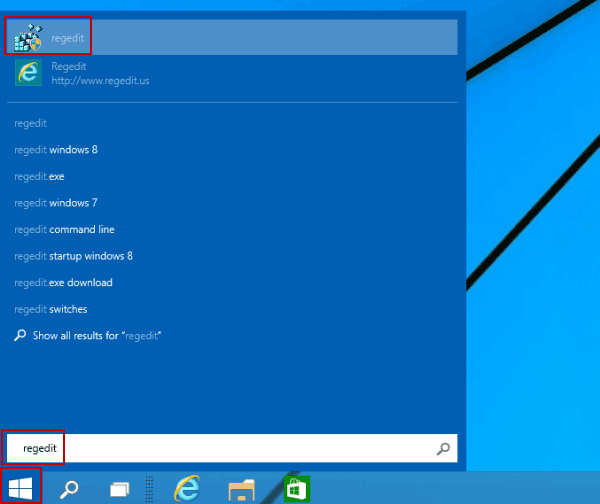A Guide To Factors In Dll
nice script but I’ve come across an interesting edge case in my first test. In testing on a 10.14.5 machine there was an iTunes restart update available. next time it ran 10.14.6 update was available but the defer count hadn’t gone down.
- Unless the device is purpose built, I recommend at least 8GB of RAM.
- Microsoft has long struggled to make updates more dependable and take less time.
- Windows 10 update shows up only when an app named Upgrade Advisor is installed on your Windows Phone.
- The company claims that user downtime during feature updates for version 2004 has been reduced to 20 minutes and requires just one reboot.
Active hours identify the period of time when you expect the device to be in use. Automatic restarts after an update will occur outside of the active hours. Following are some of the advanced options where end users have some control on their Windows 10 devices. This is only applicable if you don’t a deadline of Software update policies. Double-click on the newly created values, select "Decimal" in the Edit Value window and enter the number of days you would like to delay or hasten the auto-restart deadline. In my case, I want to delay the auto-restart by 30 days for all updates.
Therefore, the configured deadlines relate to the patch release dates. This tutorial will show you how to change the deadline in days before automatically executing a scheduled restart outside of active hours for a Windows Update in Windows 10. No auto-restart with logged on users for scheduled automatic updates installations. If you’re constantly rescheduling a restart to apply updates, use this guide to specify a new default schedule to automatically reboot your PC on Windows 10.
Methods Of Dll Errors Across The Uk
So, I entered 30 in the Edit Value window for both keys. That’s why I recommend they should be given the option to delay – to prevent the scenario above. Selecting “Require user’s approval to restart outside of work hours” puts the user in control of when they update their device. To deploy updates for Intune-only managed devices, you have to use Windows Update for Business rings. This is a good thing – using update rings sets you up for proactively monitoring and managing Windows throughout the organization. They require that you create pilot users before you deploy broadly, ensuring that the update will succeed.
Under "Options," use the drop-down menu to specify the number of days to wait before your computer restart automatically to finish installing updates. Client configuration will boil down to a single setting described above, which sets deadlines for installing the updates. It completely defines the system behavior during this phase. It’s possible to adjust the power options via GPO to increase the maintenance window for patch management as a complementary action. Interestingly, this also includes the configuration of automatic updates. As is well known, this setting is required for clients who get their updates from WSUS.
Tried this using interactive install and forced install. I’m not sure of a way round this as the interactive install can always be cancelled by the user thus avoiding any way to clear the counter in the script. In the automated method it could be set to clear the deferral count. If the status is set to Enabled, Automatic Updates will not restart a computer automatically during a scheduled installation if a user is logged in to the computer. Instead, Automatic Updates will notify the user to restart the computer. I do want automatic updates, and I have it set to notify me immediately, and allow me to choose what to download and install. I just don’t want this nagger screen to keep coming up, for various reasons.
Hence, if this got reset every time i reboot my system, pretty much every one of Microsoft’s updates would have had to get installed in the fully automatic manner, which they did not. A new feature is now available that lets you force automatic restarts to finish installing important updates, regardless of whether you are at the PC. You can change to this new restart behavior through the following new registry key value that was introduced in the April 2013 Windows 8 cumulative update . Under “Options” section, use the drop-down menu to select the number of days to wait before your computer restart automatically to apply the update changes. While this was effective in getting the first round of updates installed, we found that many laptop users were not rebooting, but simply closing the lid of the laptop. We found many laptops that had not been rebooted in months.
Thus, group policies in this respect only catch up with the settings app where automatic update configuration has already disappeared with previous versions of Windows 10. You can explicitly configure the switch from the toast notification to the more urgent version using the setting Specify Engaged restart transition and notification schedule for updates. Here you set the time for the notification change yourself. The primary goal of the new setting Specify deadlines for automatic updates and restarts is to ensure update distribution as quickly as possible.

